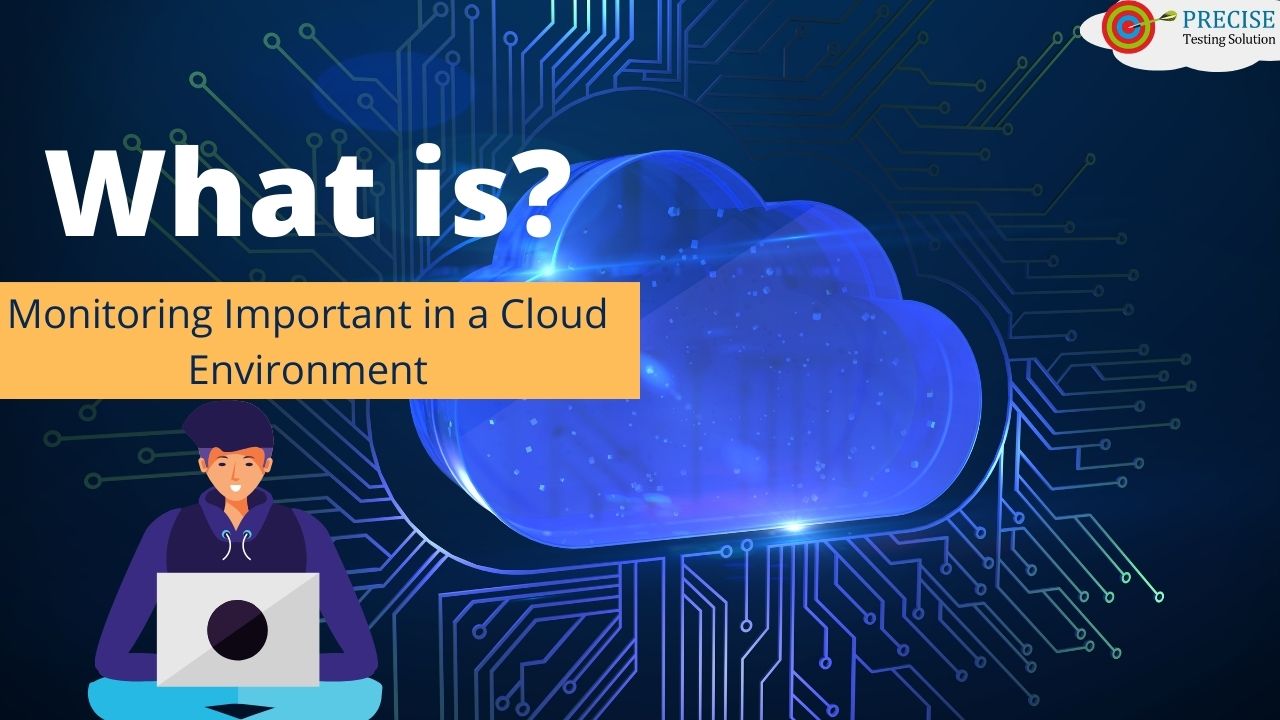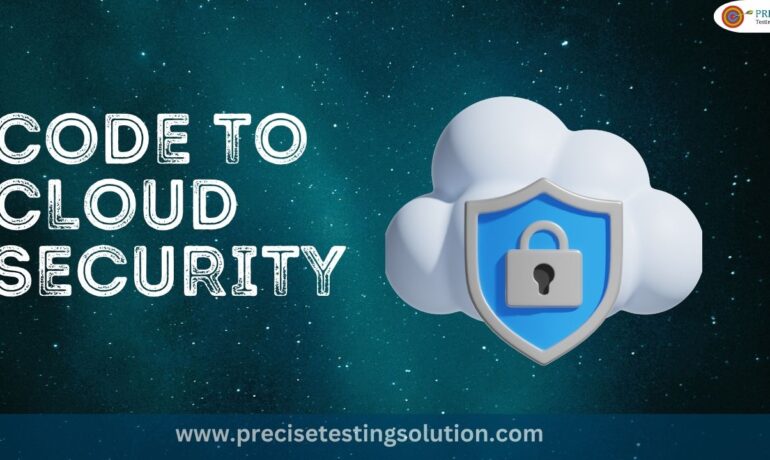What is Log Monitoring?
Log monitoring is the process of collecting, analyzing, and managing logs generated by various IT systems within an organization. These logs contain valuable information about system activities, errors, performance testing, and security events. In a cloud environment, where infrastructure and applications are distributed across multiple data centers and virtualized resources, becomes even more critical.
How Log Monitoring Facilitates Log Analytics
Log monitoring provides the foundation for log analytics, a process of extracting meaningful insights from log data. By analyzing logs, organizations can:
Identify and troubleshoot issues: Logs can help pinpoint the root cause of performance problems, application errors, and security breaches.
Optimize performance: By analyzing performance metrics, organizations can identify bottlenecks and optimize resource utilization.
Detect security threats: Logs can be used to detect suspicious activity, such as unauthorized access attempts or data exfiltration.
Comply with regulations: Many industries have compliance requirements that mandate the collection and retention of logs. Log monitoring helps organizations meet these obligations.
What are the Capabilities of Log Monitoring?
Cloud monitoring tools offer a wide range of capabilities to help organizations effectively manage their cloud environments. Some key capabilities include:
Real-time monitoring: Cloud monitoring tools can provide real-time visibility into system performance and health.
Alerting and notifications: Tools can be configured to send alerts or notifications when specific events occur, such as system failures or security breaches.
Visualization: Cloud monitoring tools often provide dashboards and visualizations to help users understand complex data.
Integration with other tools: Many cloud monitoring tools integrate with other IT management tools, such as configuration management and incident management systems.
Five Types of Cloud Monitoring
Infrastructure Monitoring: This involves monitoring the performance and health of underlying infrastructure components, such as servers, storage, and networking equipment.
Application Monitoring: This focuses on monitoring the performance and availability of applications running in the cloud.
Network Monitoring: This involves monitoring network traffic, latency, and bandwidth utilization.
Log Monitoring: As discussed earlier, log monitoring is a critical component of cloud monitoring.
Security Monitoring: This involves monitoring for security threats and vulnerabilities within the cloud environment.
Conclusion
Logging and monitoring are essential for effectively managing cloud environments. By collecting, analyzing, and managing logs, organizations can improve performance, detect security threats, optimize resource utilization, and ensure compliance with regulatory requirements.
For more information and to confirm your meeting, visit our website at www.precisetestingsolution.com or call our office at 0120-368-3602. Also, you can send us an email at [email protected].
We look forward to helping your business grow!
A Comprehensive Guide to Understanding Code to Cloud Security
What Is Code to Cloud Security? Code to cloud


